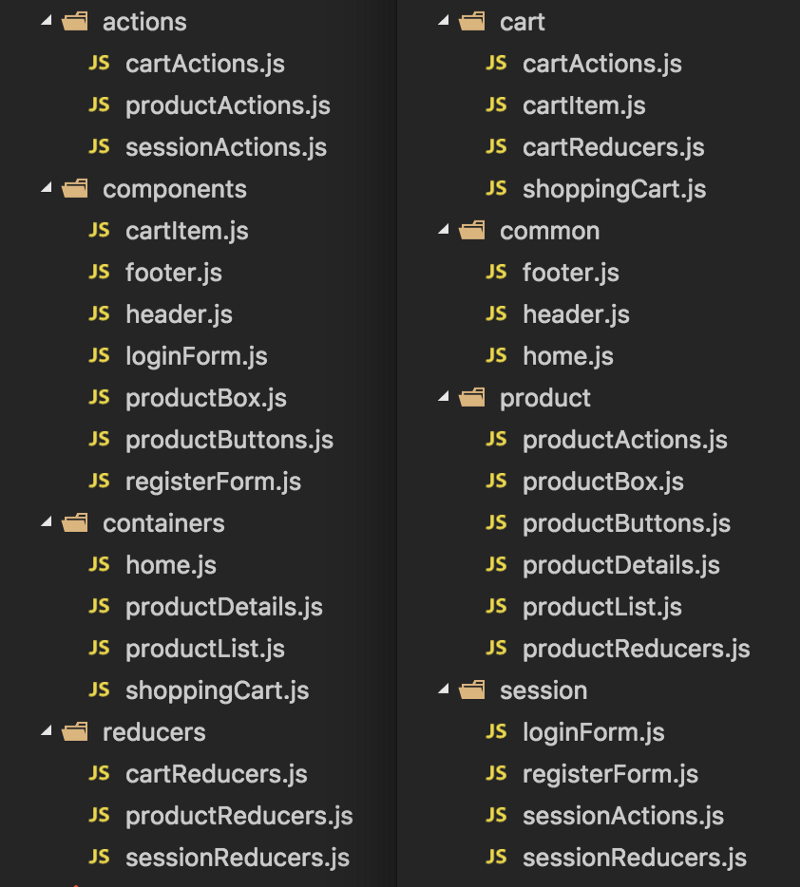Function-first means that your project is structured by functions like actions, components, containers, modals, handler. However, there is the problem with scaling – it will become more and more difficult to maintain the overview since features are scattered through the whole codebase. Moreover, it usually violates the principle of locality (german: Lokalitätsprinzip): code which is executed together, should be also structured together.
Feature-first takes the whole other direction. The functions are scattered but the feature itself is self-contained and closed – actually the same structural approach you would choose for defining modules. In my experience this is a good way to structure an app which can easily scale – as long as (naming) conventions are defined on how the features/modules are structured. Inside a feature I would usually structure by function.

Article reference: https://www.freecodecamp.org/news/scaling-your-redux-app-with-ducks-6115955638be/ (actually the article is about Ducks)
